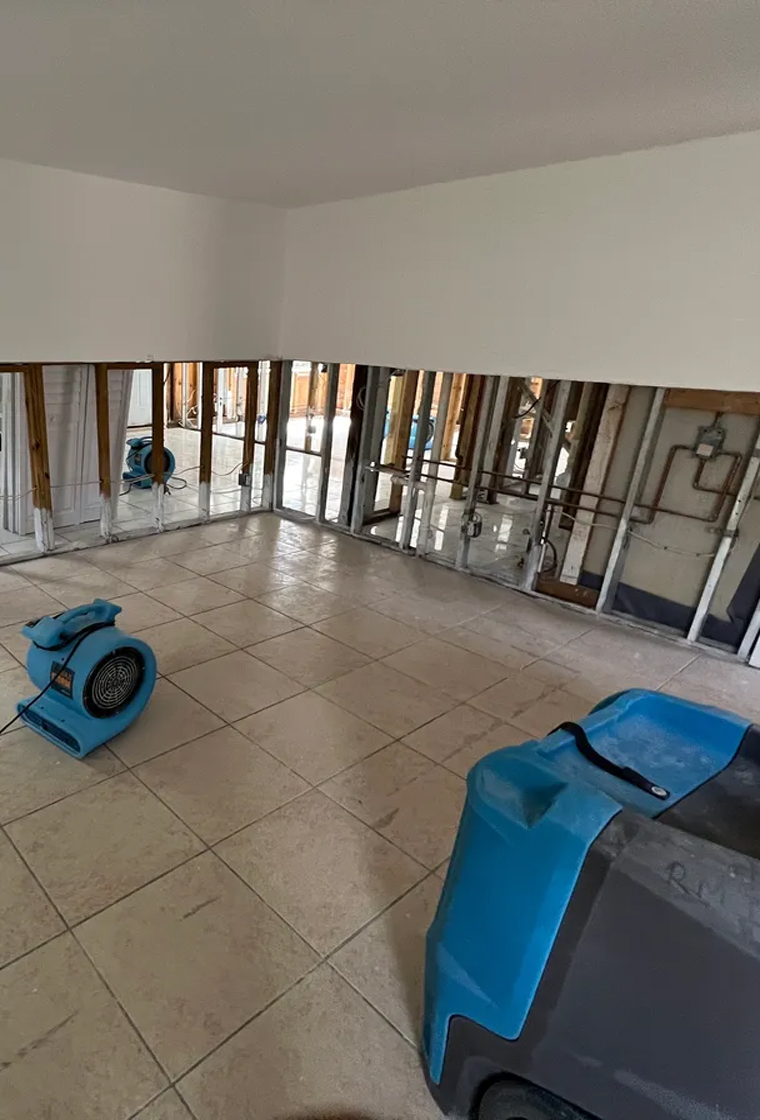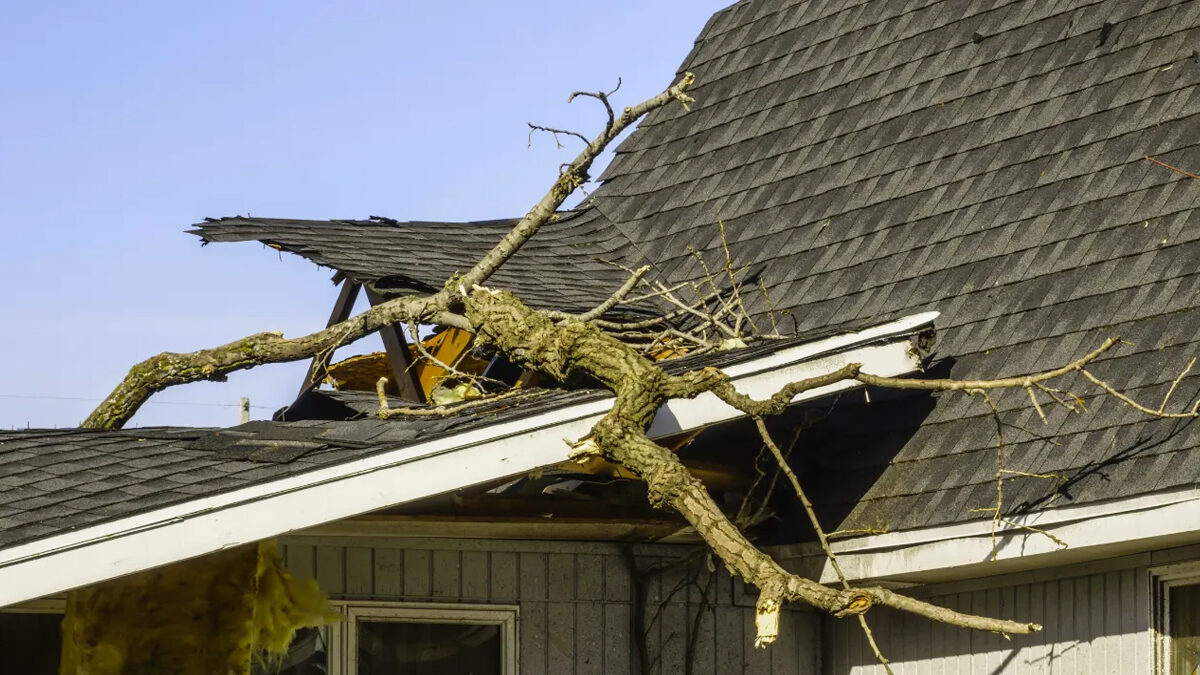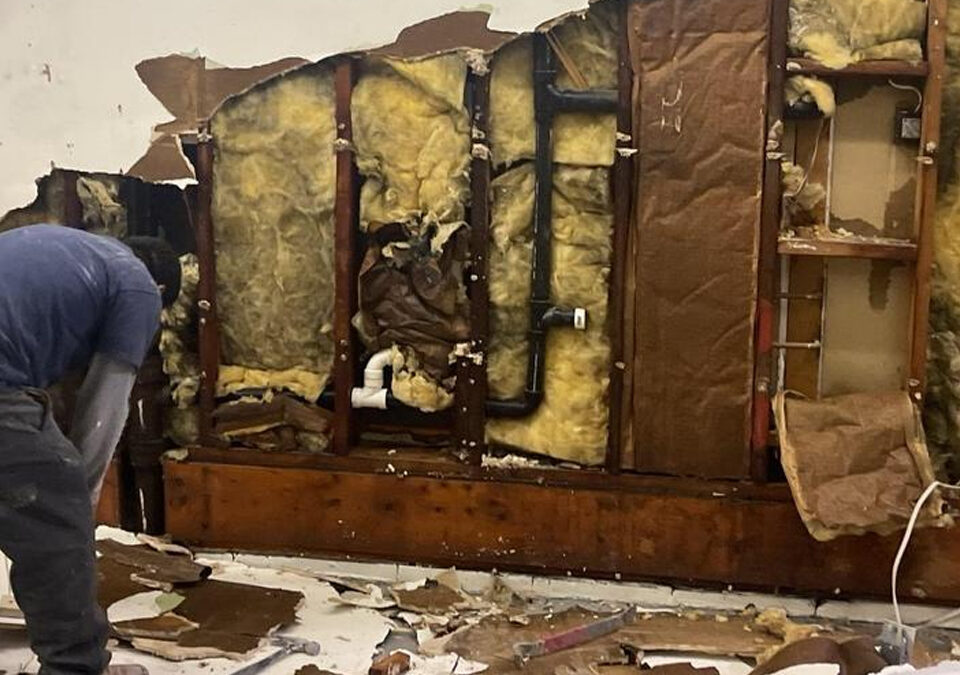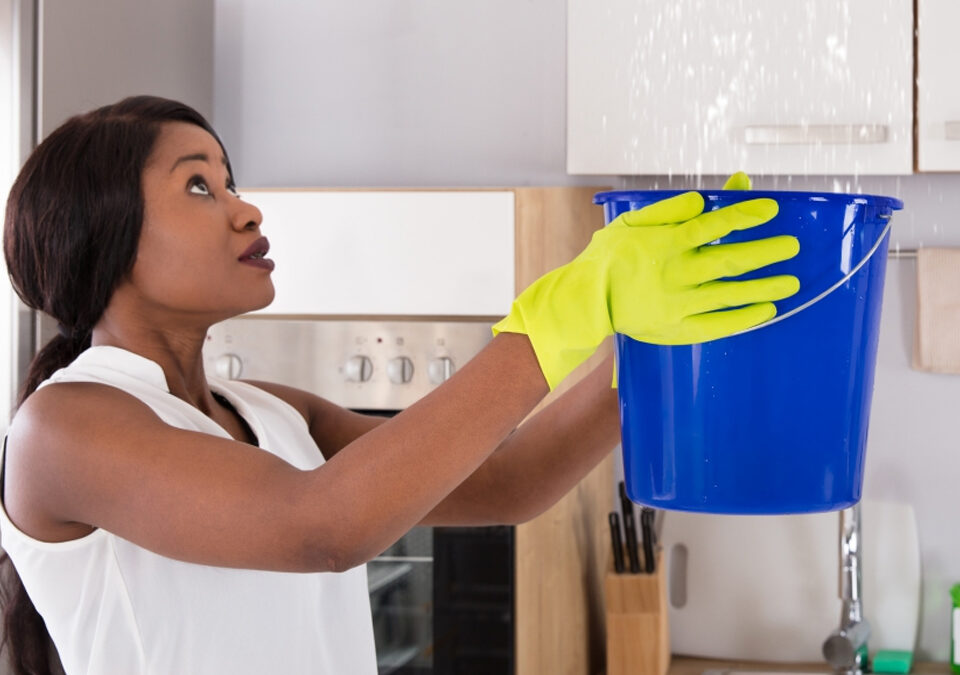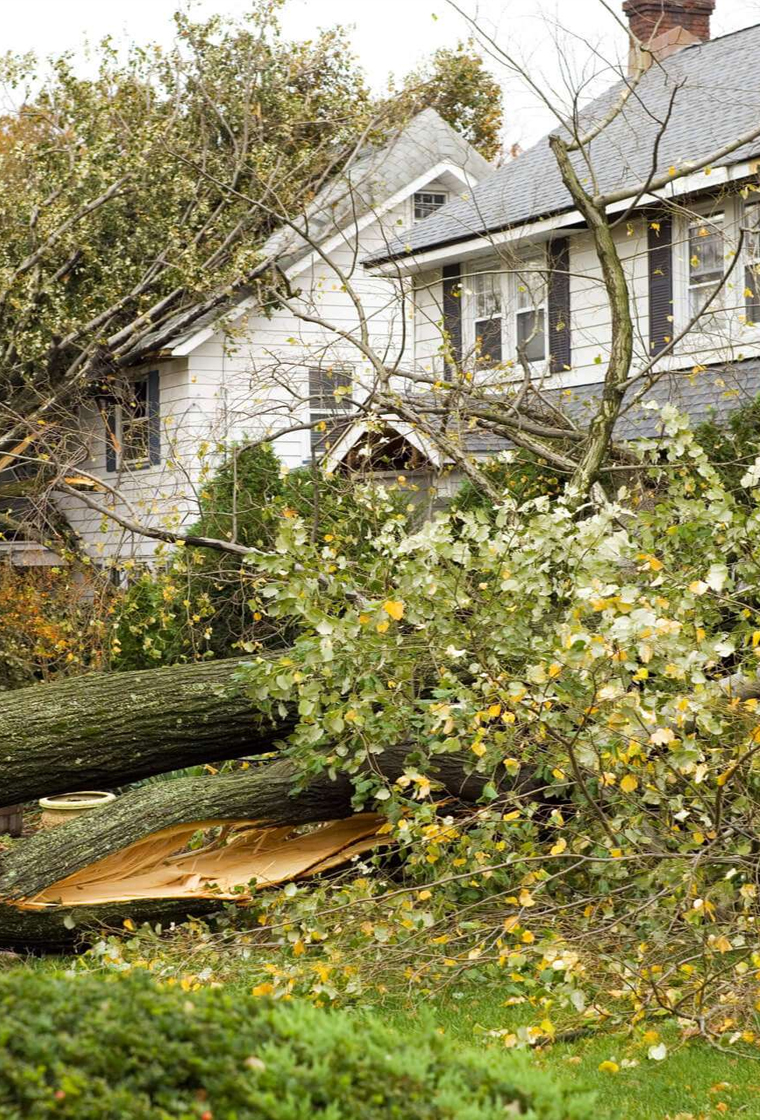
Storm Season Survival: How to Prepare Your Home for Heavy Rain & Flooding
Protect Your Home from Storm Damage & Prevent Costly Repairs
Storm season can bring heavy rain, flash floods, and high winds, all of which pose a serious risk to your home. Flooding is the #1 natural disaster in the U.S., and without proper preparation, water damage can lead to structural issues, mold growth, and thousands of dollars in repairs.
At Your Water Restoration Pros, we help homeowners protect their homes before, during, and after storms. This guide will provide you with expert storm preparedness tips to minimize flood damage and keep your home safe.
Dealing with flood damage? Call (833) 208-6862 for 24/7 emergency assistance!
1. Inspect & Clean Your Gutters and Downspouts
Clogged gutters and downspouts prevent proper drainage, leading to roof leaks and basement flooding.
Clear out leaves, dirt, and debris at least twice a year, especially before storm season.
Ensure downspouts extend at least 5 feet away from your home's foundation.
Poor drainage is a leading cause of home flooding—keep your gutters clean!
2. Seal Foundation Cracks & Waterproof Your Basement
Small foundation cracks allow rainwater to seep in, leading to flooded basements and structural damage.
Use waterproof sealants to fill cracks and prevent leaks.
Install a sump pump and backup battery to pump out water if flooding occurs.
A waterproofed basement can save you thousands in flood repairs!
3. Install a Sump Pump (and Test It Before Storms!)
A sump pump is your basement’s first line of defense against flooding.
Test your sump pump by pouring water into the pit to ensure it’s working properly.
Install a backup battery in case of power outages during storms.
A properly working sump pump can prevent a basement disaster!
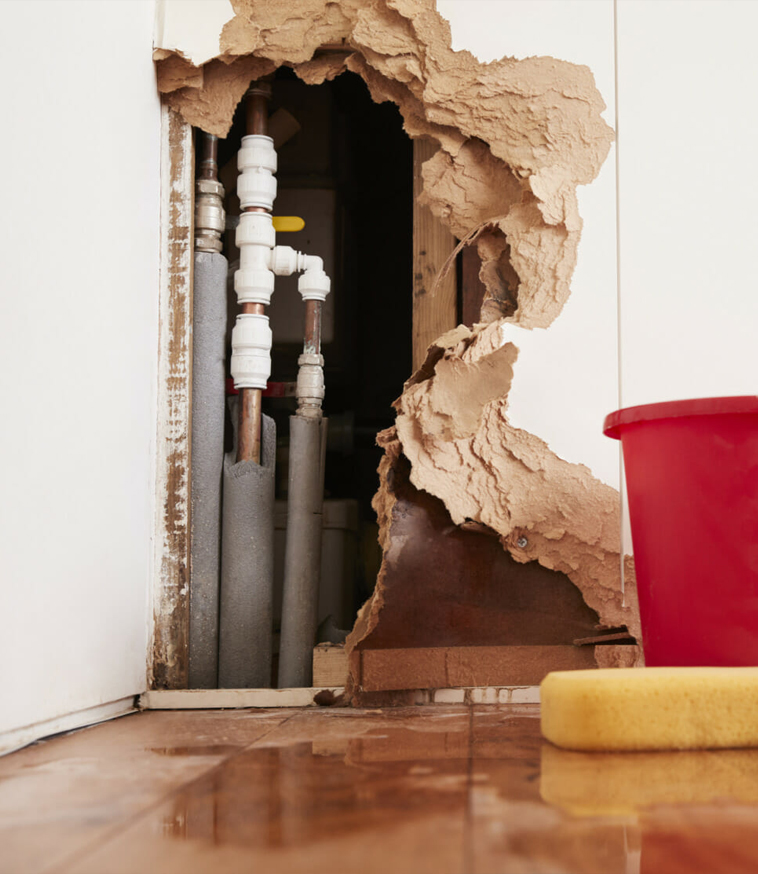
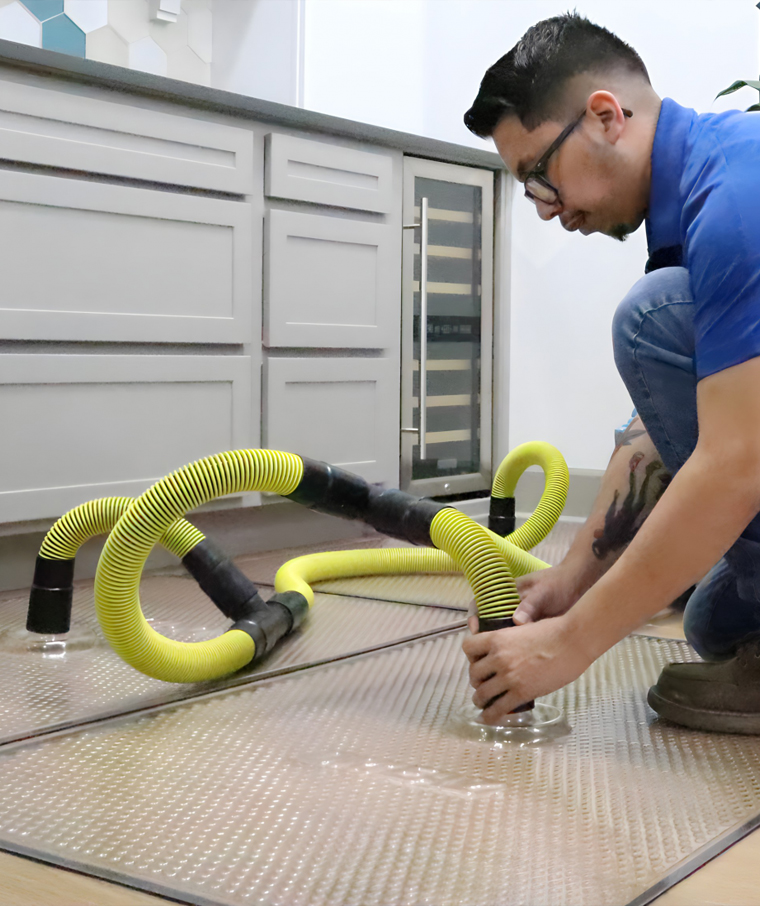
4. Elevate Appliances & Electrical Systems
Water and electricity don’t mix!
Raise appliances like water heaters and furnaces off the ground to avoid water damage.
Install electrical outlets and circuit breakers at least 12 inches above expected flood levels.
Taking these precautions can prevent costly appliance and electrical system damage!
5. Check Your Roof for Leaks & Loose Shingles
A damaged roof can allow water to seep into your attic and walls.
Look for missing, cracked, or loose shingles and repair them before a storm.
Ensure flashing is properly sealed around vents and chimneys.
A small roof leak can turn into a major flood inside your home—inspect it before storm season!
6. Improve Drainage Around Your Home
Standing water around your foundation can lead to flooding.
Ensure the ground slopes away from your home to direct rainwater away.
Consider installing a French drain or extending downspouts to improve drainage.
Good drainage reduces the risk of basement flooding and foundation damage!
7. Have an Emergency Flood Kit Ready
Prepare for power outages and potential evacuation by assembling an emergency kit. Essentials to include:
Flashlights & batteries
Non-perishable food & bottled water
First aid supplies & medications
Important documents in a waterproof container
Extra phone chargers & power banks
Being prepared can make all the difference during a severe storm!

